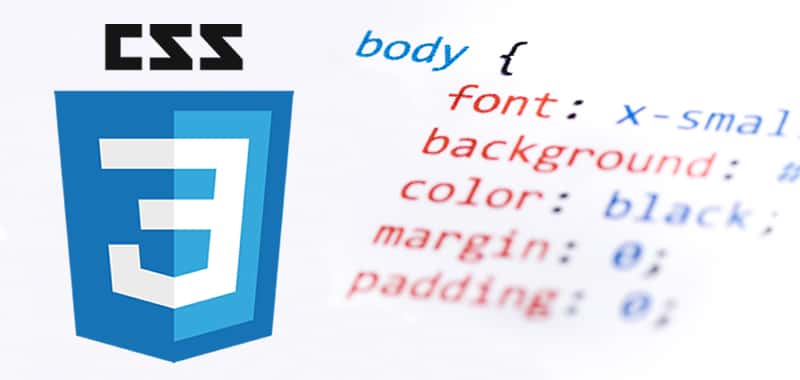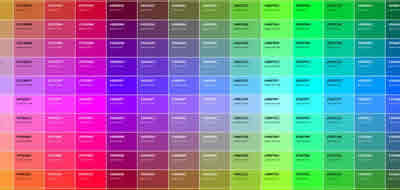Display in CSS
While the specification defines exactly what the block elements are and which inline elements, there is an instruction with which you can invert those natural definitions.

While the specification defines exactly what the block elements are and which are the inline elements, there is an instruction with which you can reverse those "natural" definitions. For example, any block element can be represented as an inline element, and vice versa. You can even suppress the representation of any element (and can also be rendered invisible).
Let's see some examples (exceptionally with the inline style):
<div style=”display: inline;”>part of a text</div>
The block element becomes an inline element.
<a href=”foot.html” style=”display: block;”>texto del link</a>
The inline element becomes a block element.
<div style=”display: none;”>part of a text</div>
The item is not displayed. We must bear in mind that the sample is completely deleted without counting at all with the space occupied by the element or reserve it. The contiguous elements are not affected in their size or position.
CITE ARTICLE
For homework, research, thesis, books, magazines, blogs or academic articles
APA Format Reference:
Delgado, Hugo. (2019).
Display in CSS.
Retrieved Nov 09, 2025, from
https://disenowebakus.net/en/display-css






